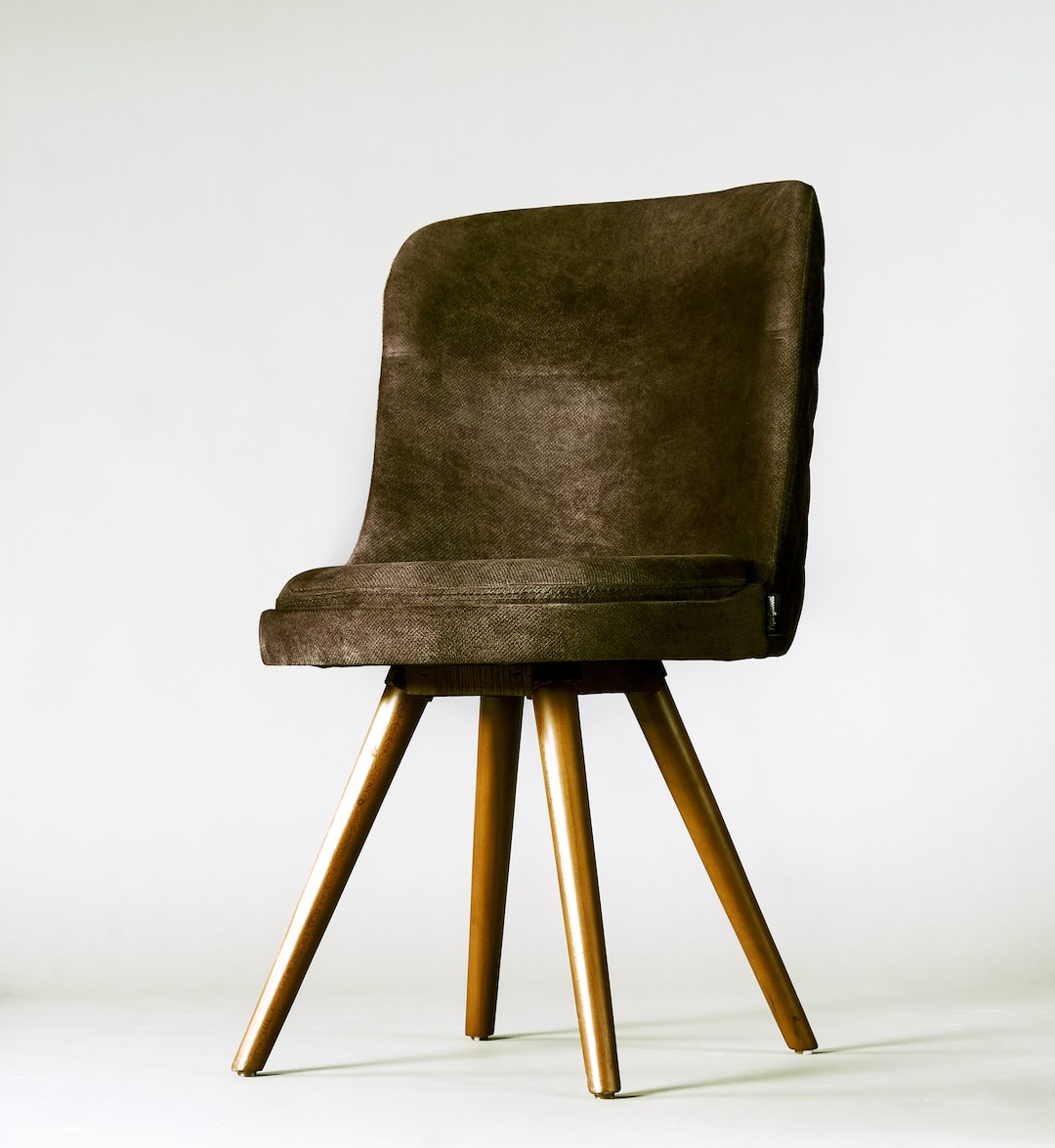The Evolution of Furniture: From Traditional to Contemporary
Furniture is an integral part of our lives. We sit on chairs, eat on tables, and sleep on beds. It serves functional purposes, but it also contributes to the aesthetic appeal of our homes. Over the years, furniture has evolved significantly, reflecting the changing times and societal preferences. From the traditional wooden furniture to the sleek and modern designs of today, let’s take a journey through the evolution of furniture.
Traditional furniture, also known as antique or classic furniture, is characterized by its ornate design and detailed craftsmanship. It represents a time when furniture was made by hand, often using traditional techniques passed down through generations. In the early days, furniture was primarily made from wood, such as oak, mahogany, or walnut. It was sturdy, heavy, and built to last.
One of the most iconic pieces of traditional furniture is the Victorian-era armchair. These chairs featured elaborate carvings, plush upholstery, and often had a high backrest. They were a symbol of wealth and prosperity and were commonly found in the homes of the upper class.
Another popular traditional furniture piece is the wooden dining table with intricate carvings. This grand table was often the centerpiece of a dining room, where families gathered for meals and conversations. It was solid and durable, designed to withstand the test of time.
As time passed, the industrial revolution brought significant changes to furniture production. The invention of steam-powered machinery allowed for mass production, making furniture more affordable and accessible to the middle class. This marked the beginning of the transition from traditional to contemporary furniture.
With the rise of mass production, furniture designs became more streamlined and practical. The focus shifted from ornate decorations to functionality and efficiency. Materials like steel, glass, and plastic started making their mark as alternatives to wood. Modern designers began experimenting with new forms and shapes, embracing simplicity and minimalism.
One noteworthy example of this transition is the iconic Barcelona chair. Designed by Ludwig Mies van der Rohe in 1929, it embodies the shift towards contemporary furniture. The chair features a sleek stainless steel frame with leather upholstery, emphasizing clean lines and geometric forms. It challenged the norms of traditional furniture and became a symbol of modern elegance.
The mid-20th century witnessed a proliferation of innovative furniture designs. Designers like Charles and Ray Eames, Eero Saarinen, and Arne Jacobsen introduced the world to iconic pieces like the Eames Lounge Chair, the Tulip Table, and the Egg Chair. These designs pushed boundaries and embraced modern materials like fiberglass and plastic.
The contemporary furniture of today continues to evolve and adapt to the changing needs of society. Technology has become an integral part of our lives, and furniture has followed suit. Smart furniture, with built-in USB ports, wireless charging, and voice-controlled features, has become increasingly popular.
Sustainability has also become a significant consideration in modern furniture design. With the growing awareness of environmental issues, designers are focusing on using eco-friendly materials and production processes. This shift towards sustainable furniture reflects the changing values of society and the desire to minimize our impact on the planet.
Contemporary furniture showcases clean lines, open spaces, and a minimalist approach. Neutral colors like white, black, and gray dominate the palette, creating a sense of calm and simplicity. Modular furniture, with its versatile and customizable nature, has gained popularity, allowing users to create flexible living spaces.
In conclusion, the evolution of furniture reflects the changing times and societal preferences. From the ornate designs of traditional furniture to the sleek and practical designs of contemporary furniture, it continually adapts to meet our needs and desires. As we embrace technology and sustainable living, the future of furniture promises to be exciting and innovative. Whether traditional or contemporary, furniture will always play a significant role in our lives and homes.
